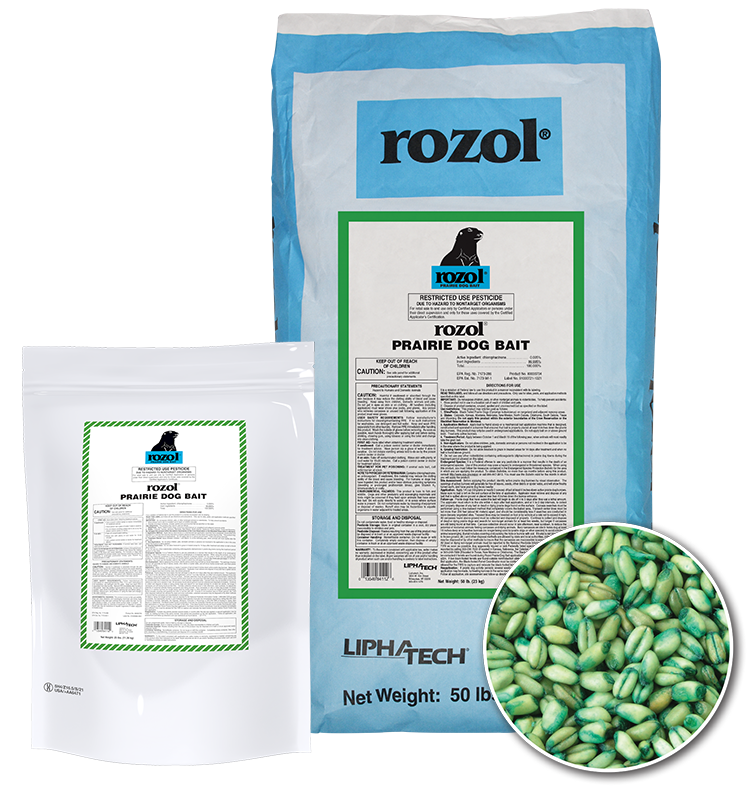- Countries
- Login
Overview
Prairie dogs can be found in the plains states of the U.S. from the Canadian to the Mexican border. There are four main species of the genus Cynomys in North America: black-tailed, white-tailed, Gunnison’s, and Utah. Of these, the black-tailed prairie dog is the most prevalent, creating management concerns for livestock producers, farmers, and landowners.
- Prairie Dog
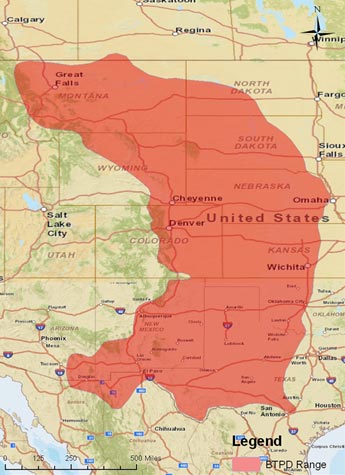
Damage
- One black-tailed prairie dog (BTPD) consumes up to 2 pounds of vegetation every week.
- An active prairie dog colony can cut grazing capacity by over 50%.
- 250 prairie dogs can consume as much forage as one cow/calf unit.
- Pastures with 20% prairie dog occupancy reduced the estimated value of livestock weight gain by over $14 per steer. In pastures with 60% BTPD occupancy, value per steer was reduced by $37.
- Prairie dog infestations can reduce land value over 35%, and rental income by up to 50%.
- Land that has been devastated by a colony can take up to 20 years to recover to full grazing capacity.
- Infested rangeland can require ranches to allocate up to 40 acres per steer, whereas rangeland that is free of prairie dogs can often carry a steer on only 10 acres.
Restricted Use Pesticide
Rozol® Prairie Dog Bait (EPA Reg.#7173-286) is a Restricted Use Pesticide (RUP) approved for use by state certified pesticide applicators in CO, KS, MT, ND, NE, NM, OK, SD, TX & WY.
Rozol Prairie Dog Bait Stewardship
Black-tailed prairie dog management using Rozol Prairie Dog Bait (PDB) must incorporate measures that protect non-target species from exposure, including those contained in the Endangered Species Protection Bulletin valid for the area and month in which you are applying the product. Application is restricted to the period from October 1st through March 15th unless otherwise specified in Endangered Species Protection Bulletins. Because Bulletins may change, it is mandatory to access them no more than 6 months prior to planned Rozol use.
You can access Bulletins on the EPA website or by calling 1-844-447-3813.
For more information on required safeguards and risk mitigation, please see our Rozol Prairie Dog Bait Stewardship page.
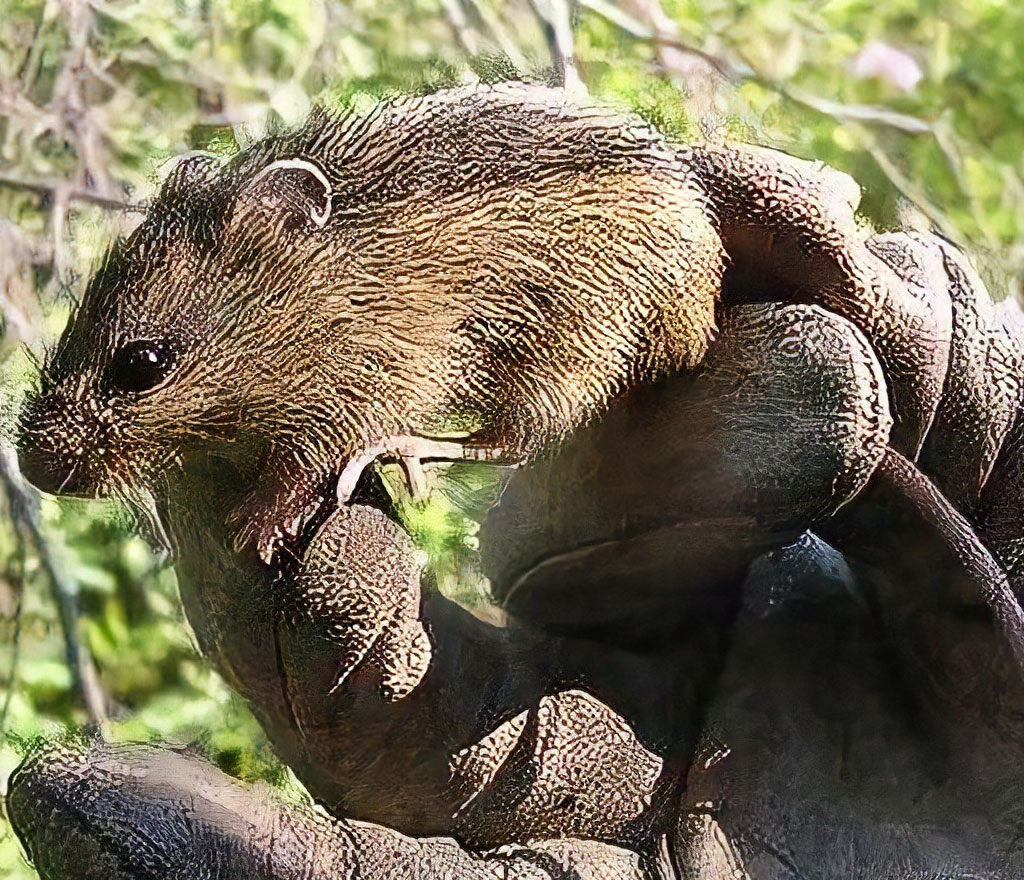

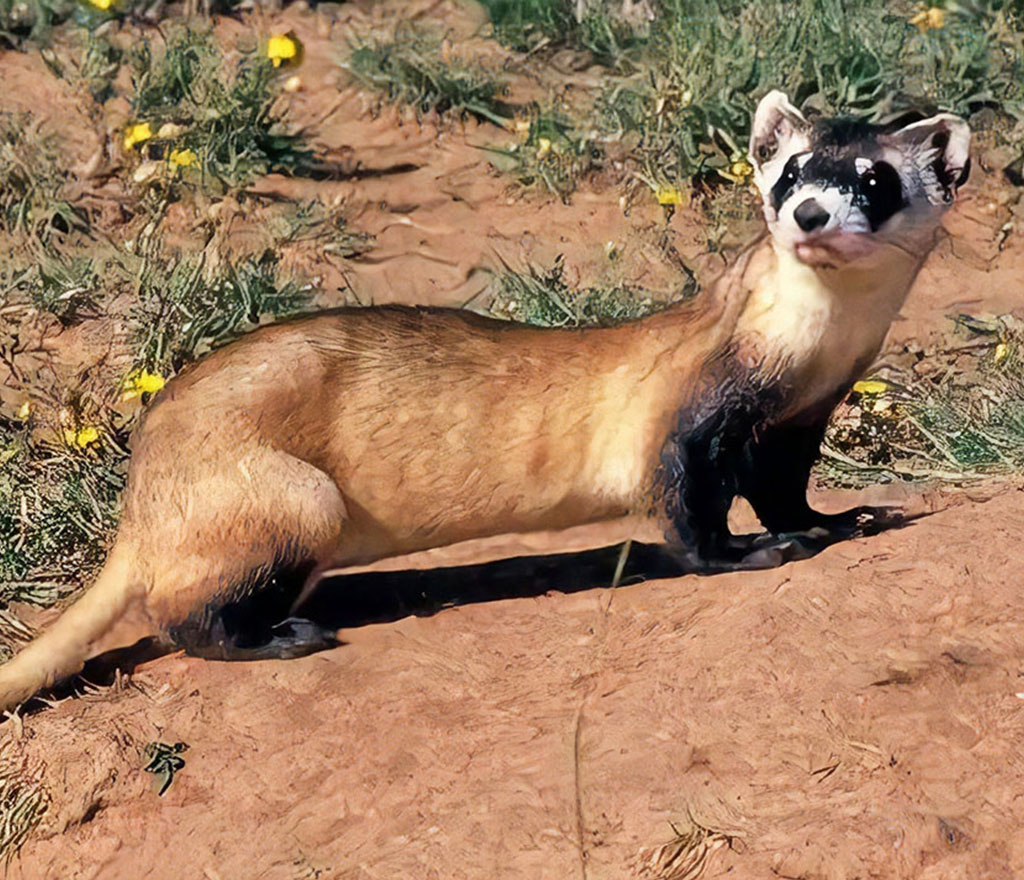
Custom Application
If you require BTPD management on extensive acreage, or have limited manpower or time to complete treatment, please contact Liphatech for help. We will answer questions and if you are not licensed, we can put you in contact with certified pesticide applicators specializing in black-tailed prairie dog management. They have attended stewardship meetings, thoroughly understand proper application techniques, and use the latest equipment and baiting technology to ensure compliance with environmental and pesticide regulations.
Site Assessments
Before applying Rozol PDB, identify active prairie dog burrows by visual observation. When treating, think like a hunter: find the active burrows by verifying tracks, mound repair, or fresh droppings after a light rain or snowfall.
The openings of active burrows will generally be free of leaves, seeds, other debris or spider webs, will show freshly turned earth and/or may have prairie dog feces nearby.
To ensure a thorough inspection, and complete treatment coverage, use the line-transect survey method. Divide treated areas into transects with center lines no more than 200 feet (60 meters) apart, or considerably less if in more densely-vegetated sites. Use flags, stakes, a GPS or marker foam to designate treated areas. Travel transect lines on foot or by vehicle at 4 mph or less.

Grazing Restrictions
Do not allow livestock to graze in treated areas for 14 days after treatment and until no bait is found above ground. Do not allow children, pets or domestic animals to be in the area where product is being applied.
Bait Application
- Restricted Use Pesticide. In order to use this product for the control of black-tailed prairie dogs, you must be a certified, state-licensed pesticide applicator, or under their supervision.
- Application may be made with a mechanical bait application machine that is designed, constructed and operated in a manner that ensures that bait is properly placed at least 6 inches down the prairie dog burrows.
- Application may be made by hand.
- Use 1/4 cup (2 ounces or 53 grams) of Rozol PDB per active burrow.
- Apply bait only to active burrows. Bait must be applied a minimum of 6 inches down prairie dog burrows.
- Make sure no bait is left on the soil surface at the time of application. Applicator must retrieve and dispose of any bait that is spilled above ground or placed less than 6 inches down the burrow entrance.
- If adjacent properties are infested, discuss treatment practices with neighboring landowners. Consider treating properties at the same time to create buffer zones that reduce chances of re-infestation.
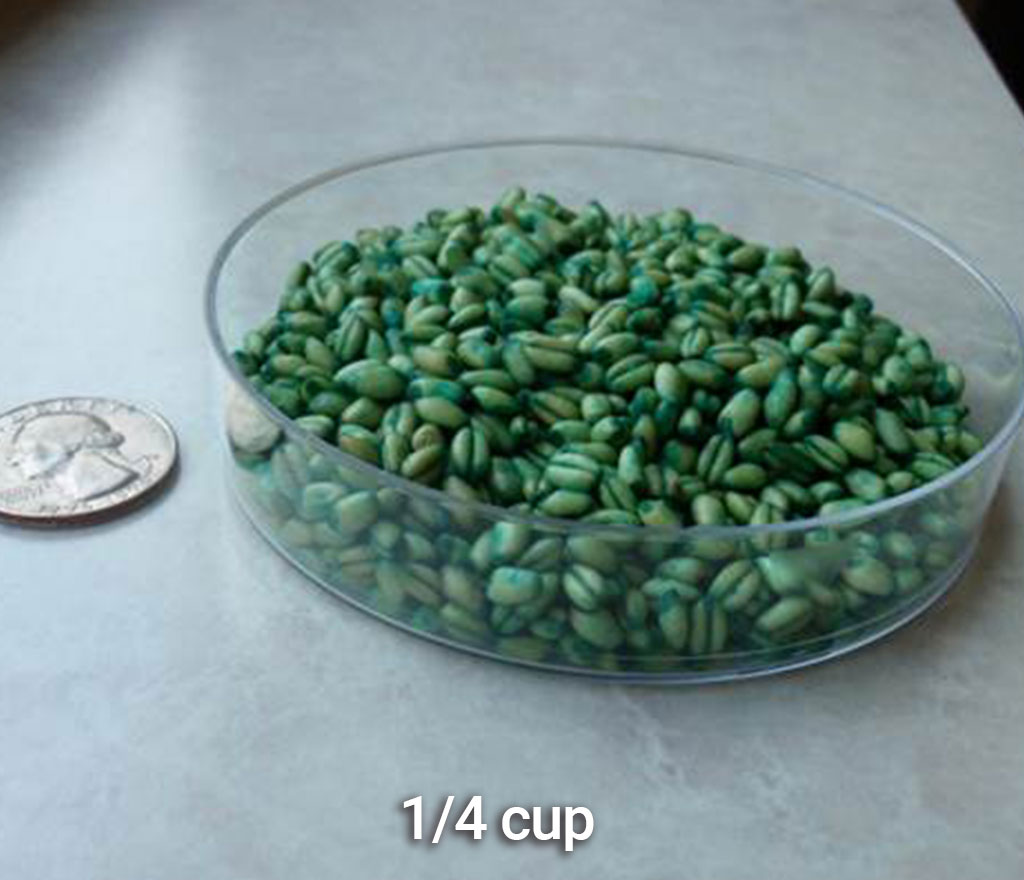
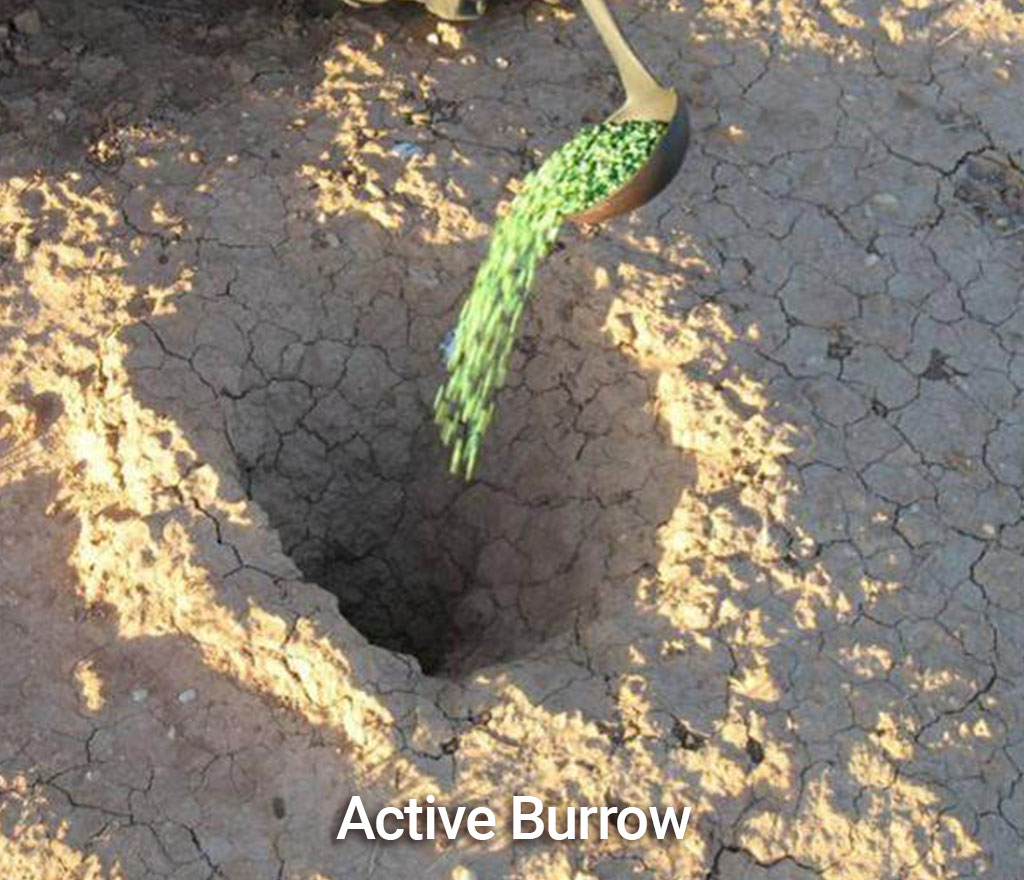
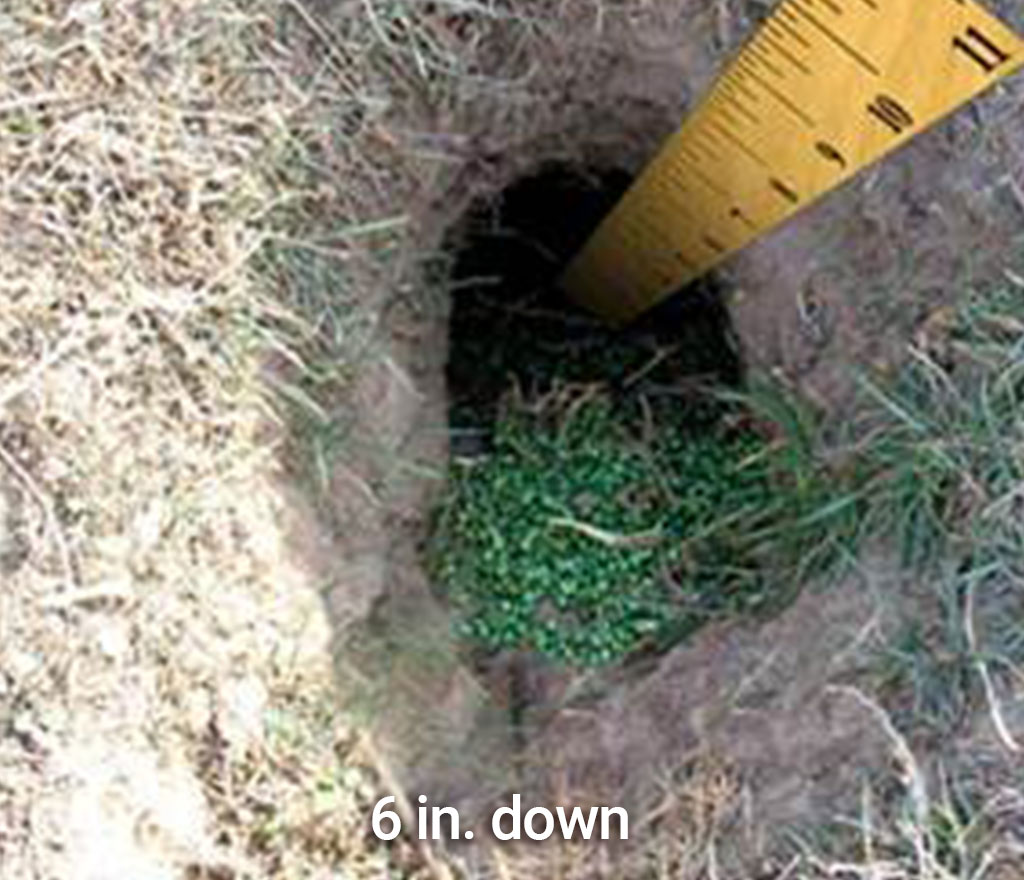
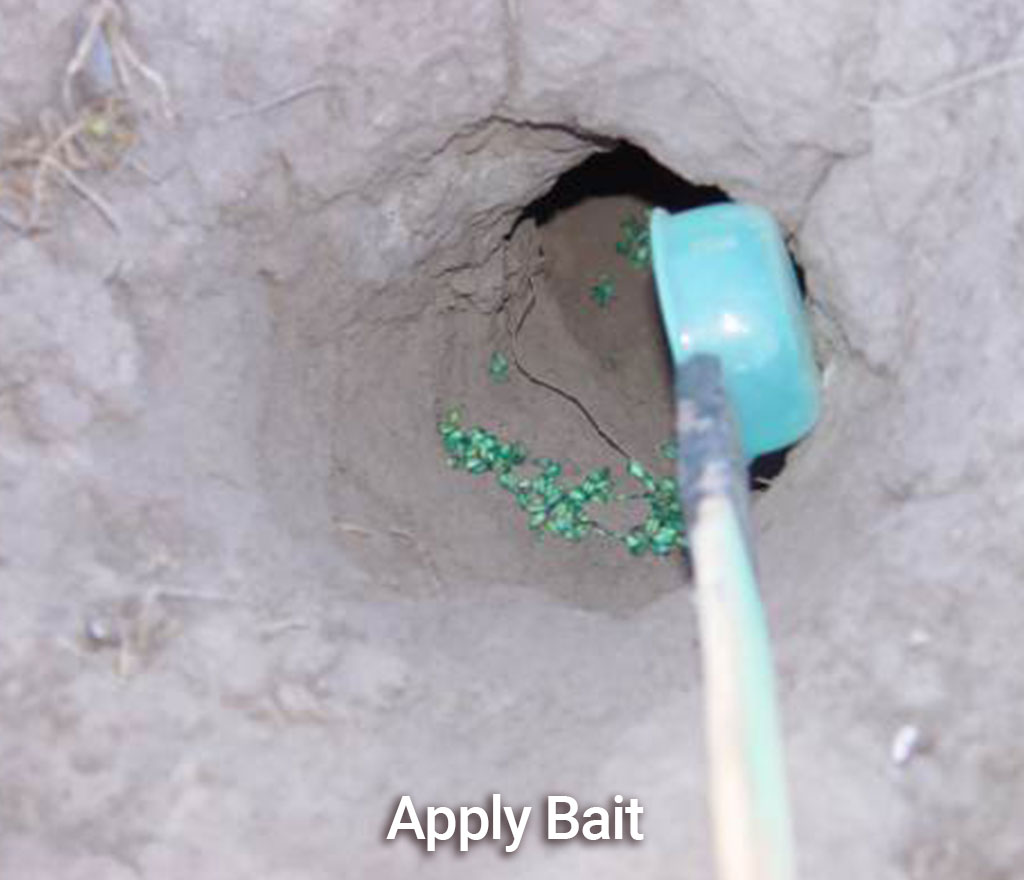
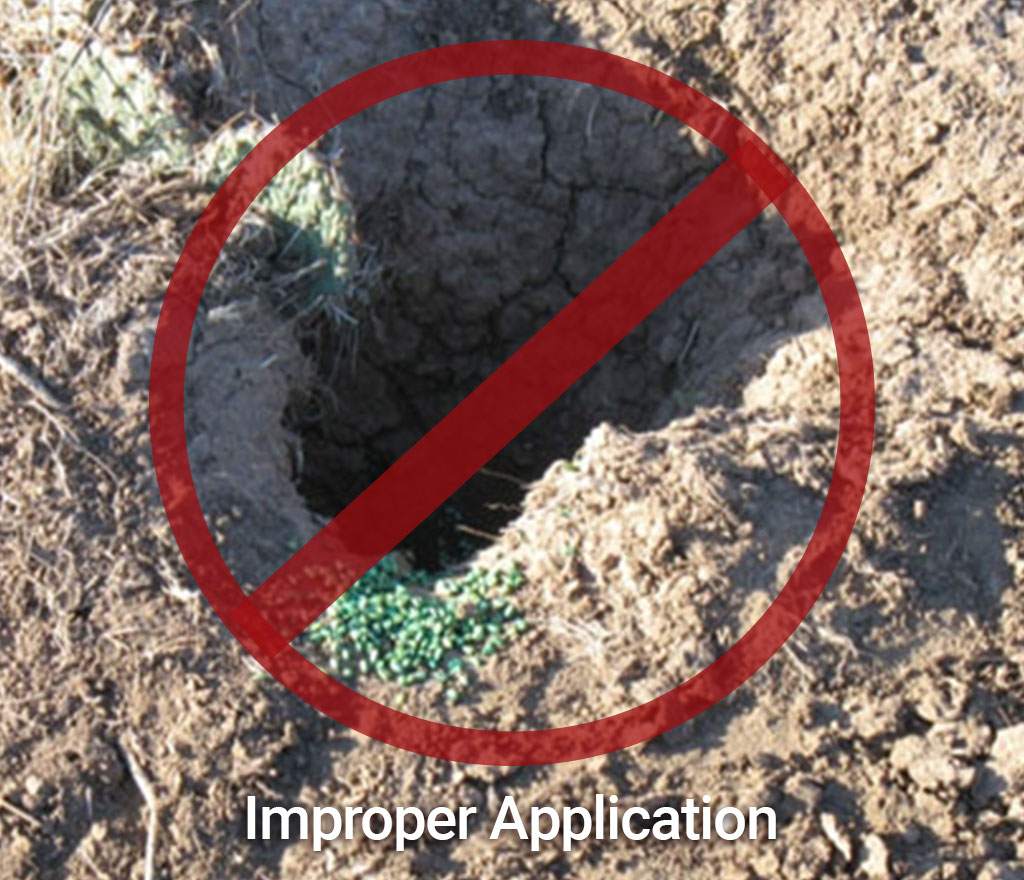
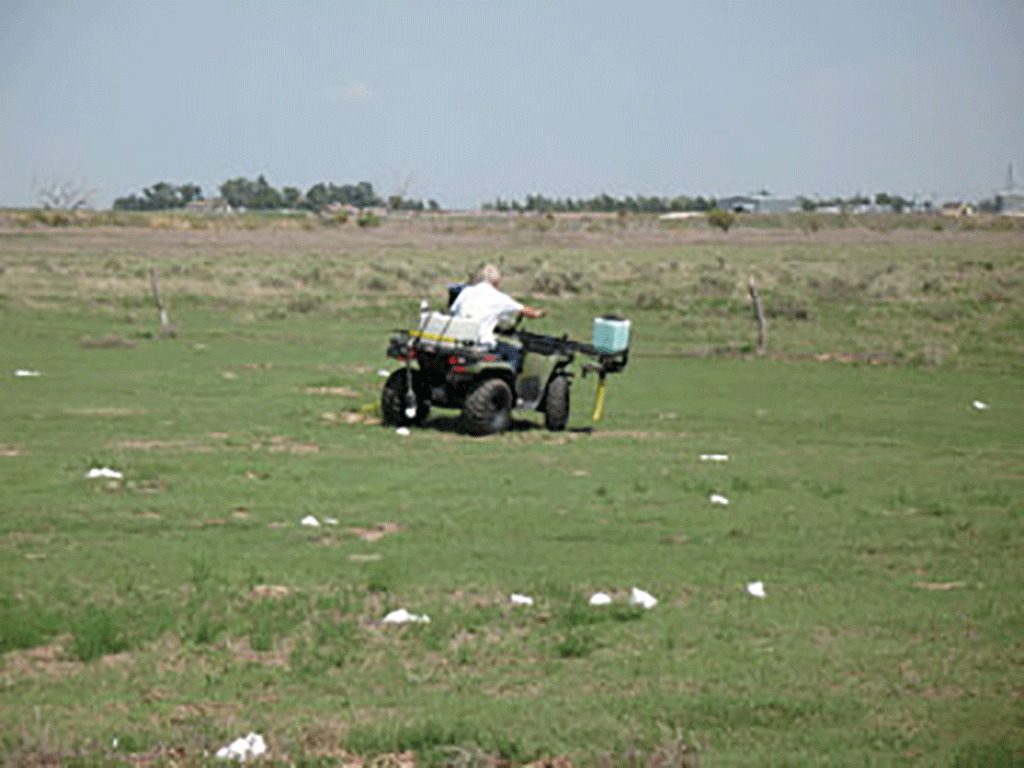
Post-Application Carcass Search
- Prairie dogs that have eaten Rozol PDB will begin to die off 4–5 days after they eat a lethal amount.
- Applicator is responsible for conducting the search. Landowner or designee under the applicator’s direct control may perform the search.
- The applicator must return to the site within 4 days after bait application, and at 1–2 day intervals, for at least two weeks or longer if carcasses are still being found at that time.
- Best time of the day to conduct a search is late afternoon, near sundown to reduce the potential of nocturnal animals finding carcasses and dying animals.
- Although the label requires only one search every two days, USFWS recommends twice-daily searches.
- A longer search duration (e.g., until no carcasses or bait has been found for 5 consecutive days) would help to minimize risks of secondary poisoning to predators and scavengers, given the variability in scavenger removal.
- Carcass searches must be performed repeating the line-transect survey method used prior to bait application. Download the Line Transect Survey Guidelines.
Carcass Search - Non-Target Animals
- If dead or dying non-target animals are found, call the National Pesticide Info Center at 800-858-7378
- If it is a Federally Listed species, also call:
- In CO, KS, MT, ND, SD, NE, or WY: 303-236-7540
- In NM, OK or TX: 505-248-7889
- The Black-Footed Ferret Coordinator must also be contacted if ferrets are found before, during, or after application, or during carcass searches at 970-897-2730 x224. If live black-footed ferrets are found outside reintroduction sites, before, during or after Rozol Prairie Dog Bait application, the Black-Footed Ferret Coordinator must be contacted immediately and sufficient time must be allowed for the capture and relocation of the black-footed ferret(s) before bait application.
Carcass Search—Disposal
- Bury carcasses on site in holes dug at least 18 inches deep to avoid non-target animal scavenging.
- Burial includes covering and packing the hole or burrow with soil.
- If burial is not practical (due to frozen ground, etc.) and other disposal methods are allowed by state and local authorities, collected carcasses may be disposed of by other methods to ensure that the carcasses are inaccessible to scavengers.
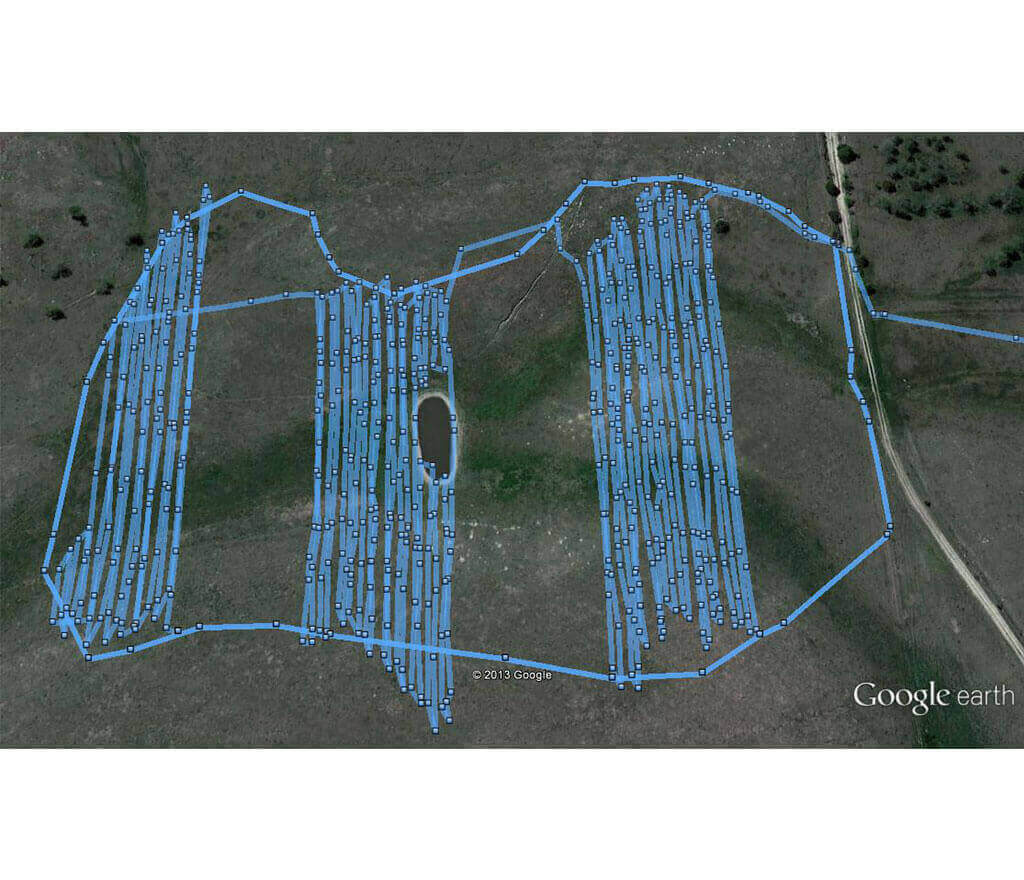
Reapplication
For best results, apply in the absence of green vegetation or immediately prior to bad weather (rain or snow). This will increase the chances that prairie dogs remain in the burrow with the bait, and further promote feeding.
If prairie dog activity persists several weeks or months after the bait was applied, a second application may be made using this same procedure.
Do not use any other rodenticides containing anticoagulants in prairie dog towns during the treatment period. A maximum of two applications of Rozol Prairie Dog Bait can be made per use season, October 1st through March 15th, unless otherwise specified for your area. Consult the EPA's Bulletins Live! Two site to see whether there are use limitations for your area.
